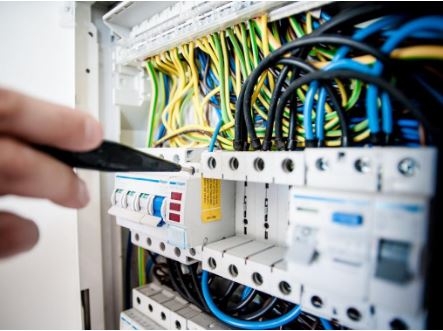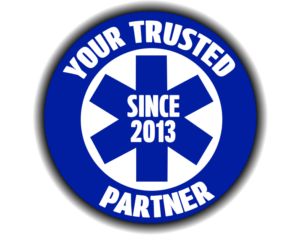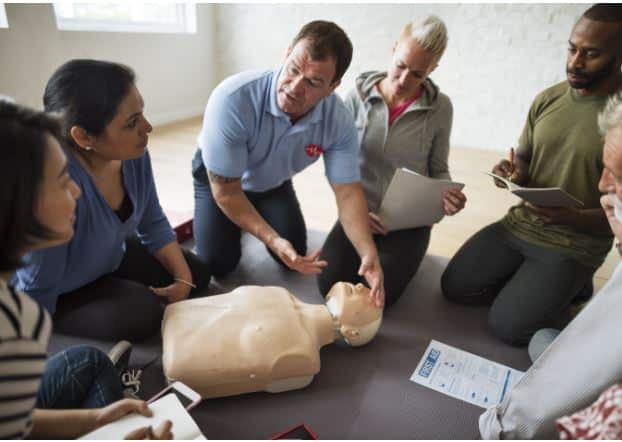
3 Trends Driving the Demand for Biomedical Equipment Service
In recent years, medical technology has changed significantly and the average number of medical devices used per patient bed has also increased. In 1997, each patient bed used an average of five medical devices, that number is now over 13. While all of these devices are designed to improve a patient’s experience, they have also increased the complexity of patient care.
Because of the increasing number of devices used, the amount of work for many clinical engineering departments has also increased. On average, biomedical technicians are now responsible for 1,200 devices. Additionally, the process of servicing each device is becoming more complex due to evolving regulatory standards. To help with this increase in demand and complexity, many healthcare organizations hire an independent biomedical equipment service company to make equipment repairs. Here are additional trends that we have discovered are driving the demand for biomedical equipment services.
Trend 1: Cost Have Increased by 90%
Not only have we seen a rise in the number of devices used, but these devices are also becoming increasingly more and more complicated. As a result, technicians are now required to receive more training and certification prior to being able to perform work and routine maintenance. Technicians will be required to know everything from where a smart sensor is located to IT security and software management. In addition, management and administrative responsibilities have nearly doubled maintenance costs.
It is easy to see and understand why the increase in technology results in higher costs, but what may be more difficult to understand is why many biomedical departments have not yet expanded to meet the growing demand. In many instances, biomedical teams are tasked with doing more with less, including managing a network of interconnected devices that require frequent software upgrades and more time to service.
It is not uncommon for clinical engineering departments to shift their priorities on a day-to-day basis. Many of these priorities include:
- Increasing technician service productivity through:
- Management of non-technical time (capital planning, advising, committee participation)
- Maintaining appropriate staffing (PTO, military leave, etc.)
- Sourcing and retaining qualified technicians
- Increasing equipment uptime
- Ensuring service compliance and regulatory documentation
Trend 2: Repairs Account for Only 60% of Technician Time
One of the biggest challenges many technicians face, especially in a hospital setting, is staying up-to-date on all the repairs and maintenance requirements of the facility’s inventory. This is a challenge because a majority of a technician’s time is not spent on achieving this goal. Nationwide, there are two culprits that have been found to hinder technicians’ productivity.
- Vendor Management: Today, a typical hospital may depend on dozens of vendors to support their day-to-day operations. Because there are more agencies involved, the biomedical team is then tasked with coordinating dispatch service, managing parts, and coordinating all the paperwork for each vendor.
- Time Spent Searching for Equipment: It is not uncommon for a biomedical technician to spend on average, one hour every week searching for and tracking down pieces of equipment needing maintenance. While one hour doesn’t seem like much time, it quickly adds up, as each technician is responsible for 1,200 pieces of equipment. This lost time results in frequent backlogs and less time to perform maintenance on other devices.
Trend 3: 50% of “Broken” Equipment, isn’t Actually Broken
A common issue technicians find is that they’re brought a broken piece of equipment, but upon further inspection, there’s nothing actually wrong with the equipment. A half of the equipment that is sent to clinical engineering departments are in fact found to be fully functional.
This is possible because clinicians are responsible for so much equipment they don’t have the time necessary to troubleshoot equipment that isn’t functioning properly. When equipment appears to not work, it gets shipped to the experts who have the time to troubleshoot and repair the equipment as necessary. Because precious time is taken to inspect equipment that is not broken, time is taken away from working on equipment that is actually in need of repair. This, in turn, increases equipment downtime and costs.
Because devices are becoming more and more sophisticated, it is difficult for clinical teams to stay up-to-date on the various pieces of equipment used including buttons, alarms, and overall functionality. Because of the complexity, a simple error code may result in a service request sent to the biomedical team and less equipment to care for patients.
All of these factors work together to increase the cost of owning, operating and maintaining the pieces of essential healthcare equipment. Hiring out a third party, biomedical equipment service company, such as Coast BioMedical, to perform necessary repairs on vital pieces of equipment can prove to be a valuable investment.




